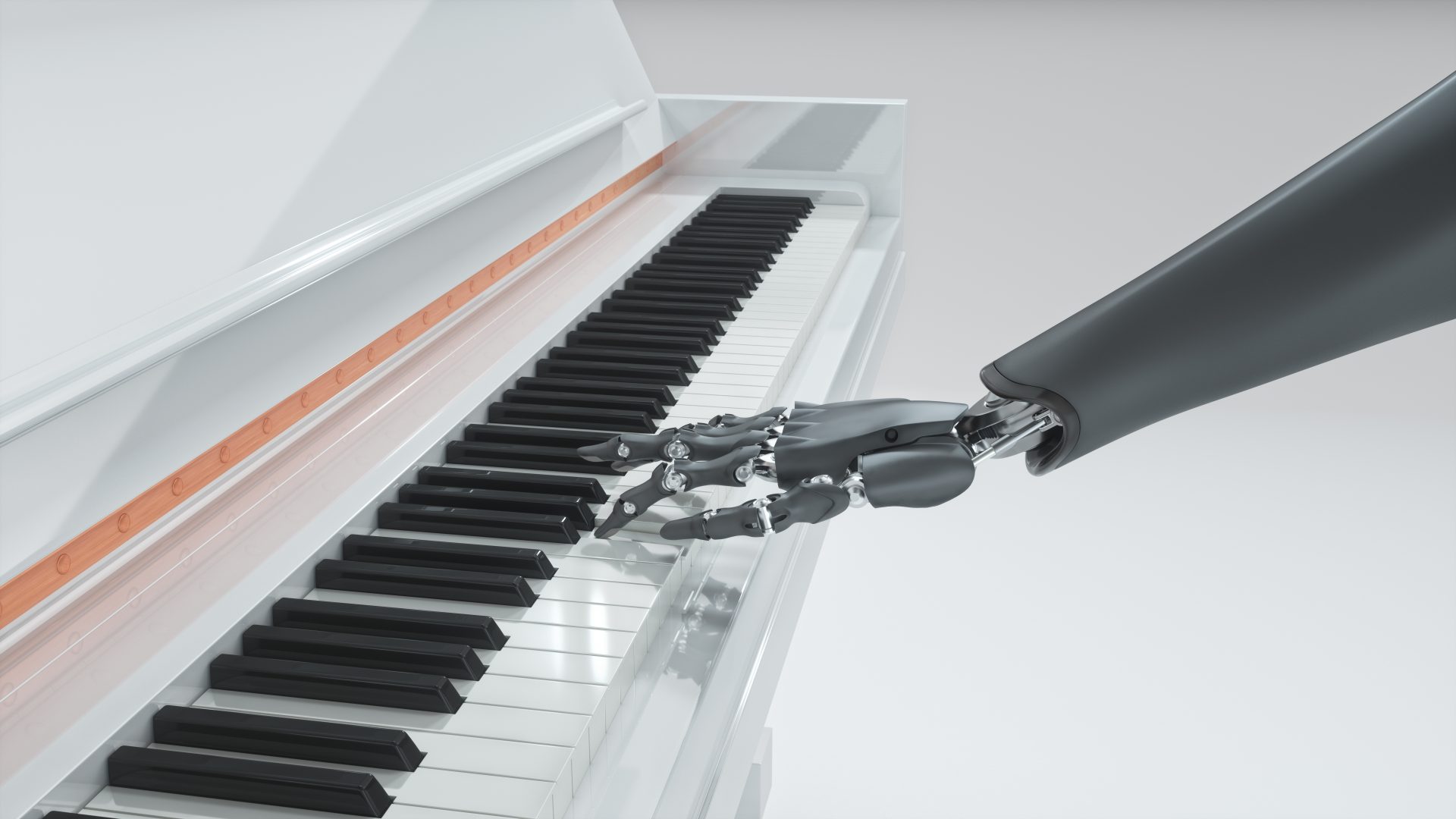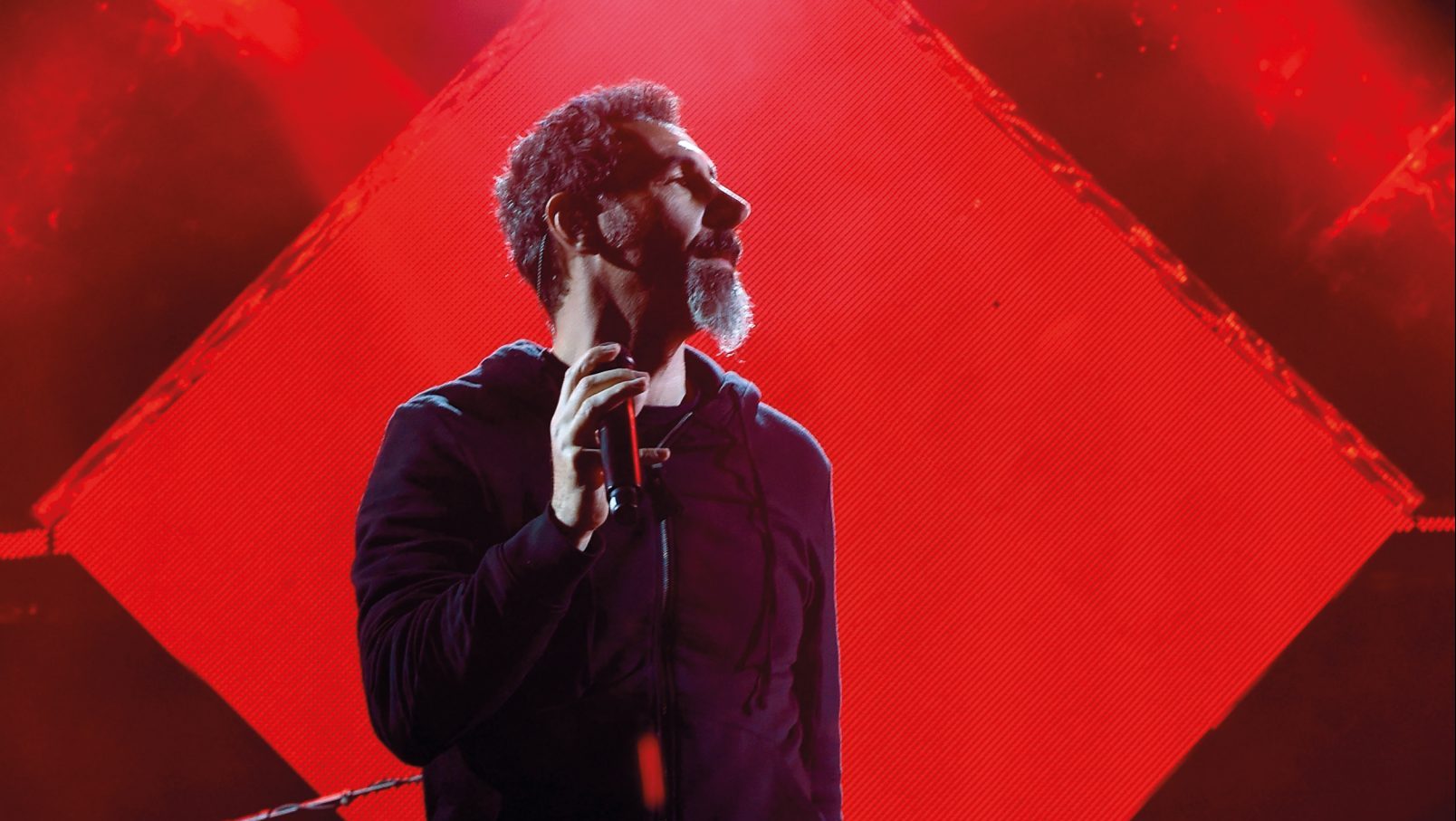Maybe it was the pistons and looms and Victorian engineering that made
the music sound like machinery – the regular repetition, the pumping of the
beat, the high violins recalling the (tuneful) turning of a tight screw. As the Academy of St Martin in the Fields played at the Science Museum there was a definite synergy between place and performance.
Just a few metres from the orchestra, which was slotted between a horse-drawn carriage and a steam engine, you could find the wheelchair, well-doodled blackboard and personalised jacket from the creators of The Simpsons that belonged to physicist Stephen Hawking – who inspired the concert programme. On Desert Island Discs – choosing a classical selection including Poulenc’s Gloria and Brahms’ Violin Concerto in D major – Hawking talked about “my two main pleasures: physics and music. If I could have both on my desert island, I won’t want to be rescued.”
And so the Science Museum programme, evoking an interplay between musical entertainment and the nuts and bolts of science and maths, was a timely reminder that these disciplines – often treated as distinct and opposite – have much in common.
The composers of the four works, in different ways, used the concept of time – the nature of time and our perceptions of it being the focus of much of Hawking’s work. The first, George Benjamin’s orchestration of Canon and
Fugue from Bach’s Art of Fugue, showcased the almost mathematical way in which the main theme can be, as conductor Oliver Zeffman put it, “heard against itself backwards, upside down, and against versions of itself going half and quarter speed; and (work) as a coherent musical experience.”
William Marsey’s Why Do You Grieve, commissioned for the concert, specifically refers to Hawking’s work as it imagines extreme gravitational forces acting on the music. At one point the music suggests atoms colliding, which Zeffman describes to me thus: “As objects fall towards a black hole,
extreme gravitational forces distort them, stretching them into a string one atom thick – an extraordinary process called ‘spaghettification’. Marsey
applies this process to music.”
Harrison Birtwistle’s typically eccentric Tragoedia involves players keeping their own separate timing in a piece of huge rhythmic complexity with multiple different time signatures, while Terry Riley’s 1964 composition In
C – the founding work of minimalism – has performers tackling 53 musical segments at whim, at their own pace, for as long as the conductor decides. “Ordered chaos – not unlike the concept of entropy used so frequently in theoretical physics,” Zeffman explains.
Despite the preconception that maths and science are cold and logical, while music is all emotion, there’s clearly much interplay between music and the STEM curriculum.
Bach’s music is often described as mathematical for its intricate structures, regular rhythms and symmetry – making it a popular springboard for jazz improvisation. Scholars have examined the mathematical nature of Mozart’s music, including astrophysicist Mario Livio, who highlights numbers and
calculations he wrote in the margins of compositions. Music isn’t some random, mystical creativity. As Mozart’s rival, Antonio Salieri, says in Peter
Schaffer’s Amadeus: “Displace one note and there would be diminishment, displace one phrase and the structure would fall.” The mathematician Marcus de Sautoy noted that the” organic sense of growth found in the Fibonacci sequence of numbers” (1,2,3,5,8,13…) has been a framework for composers “from Bartok to Debussy”.
Einstein was a keen violinist. Citibank executive Jonathan Moulds, a Cambridge maths graduate, played in the National Youth Orchestra. Queen’s Brian May has a PhD in astrophysics.
The correlation has flaws – there’s no clear study showing that becoming good at one makes you good at the other. More likely, some skills overlap. Musicians, like mathematicians, deal with abstract structures, fractions, ratios and symmetry. Both require hard work and rigorous, repetitive learning. Musicians acquire the syntax and technique of music before they
can create; scientists need creativity to identify problems, form hypotheses
and test them.
Nature is full of maths, from the logarithmic spiral of a shell to honeycomb tessellation. Humans detect and create patterns. The ancient Greek philosopher-mathematician Pythagoras – dubbed “the father of harmony” – is credited with discovering the ratios of harmonious intervals.
Many intellectual disciplines work in harmony with each other, even with a piece of bonkers irreverence by Birtwistle. The question, then, isn’t why do they drink from a similar source, but why wouldn’t they?




